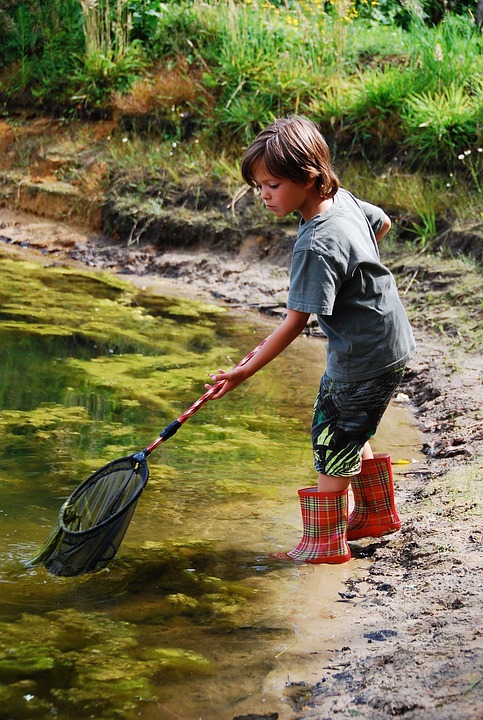In conclusion, understanding fish behavior and the impact of tank social interactions is crucial for fishkeepers to create a harmonious and stress-free environment in their tanks. Tank social interactions play a significant role in creating a natural environment, reducing stress and aggression, encouraging natural behaviors, establishing hierarchies and dominance, promoting shoaling and schooling behavior, influencing reproductive behavior, and providing environmental enrichment.
Creating a natural environment in the tank is essential for fish to thrive. By incorporating natural décor, plants, and appropriate tank mates, fishkeepers can mimic the fish’s natural habitat and provide a sense of security. This helps reduce stress and promotes natural behaviors such as exploring, hiding, and foraging.
Tank social interactions also influence the establishment of hierarchies and dominance among fish. Dominant individuals often display aggressive behaviors and claim territories, while submissive fish yield to dominant individuals. Understanding these behaviors can help fishkeepers identify dominant and submissive fish in their tanks and ensure a balanced social structure.
Shoaling and schooling behavior are common among many fish species. Shoaling refers to fish swimming together in a loose group, while schooling involves tight coordination and synchronized movements. These behaviors provide fish with protection against predators, enhanced foraging opportunities, and a sense of security. The size of the tank and compatibility between species play a crucial role in promoting shoaling and schooling behavior.
Reproductive behavior is also influenced by tank dynamics and social interactions. Dominant males often compete for the attention of females, while submissive males may adopt alternative reproductive strategies. Providing appropriate hiding places and separating aggressive or protective parents are important considerations for successful breeding.
Lastly, environmental enrichment is essential for optimal fish behavior. Fish thrive in tanks that provide a variety of hiding places, territories, and open spaces. Incorporating natural décor, plants, and appropriate tank mates not only promotes natural behavior but also reduces stress and enhances the overall well-being of the fish.
In conclusion, understanding fish behavior and the impact of tank social interactions is key to maintaining a healthy and thriving aquarium. By creating a natural environment, promoting positive social interactions, and ensuring compatibility between tank mates, fishkeepers can enhance the overall well-being and happiness of their aquatic pets.









